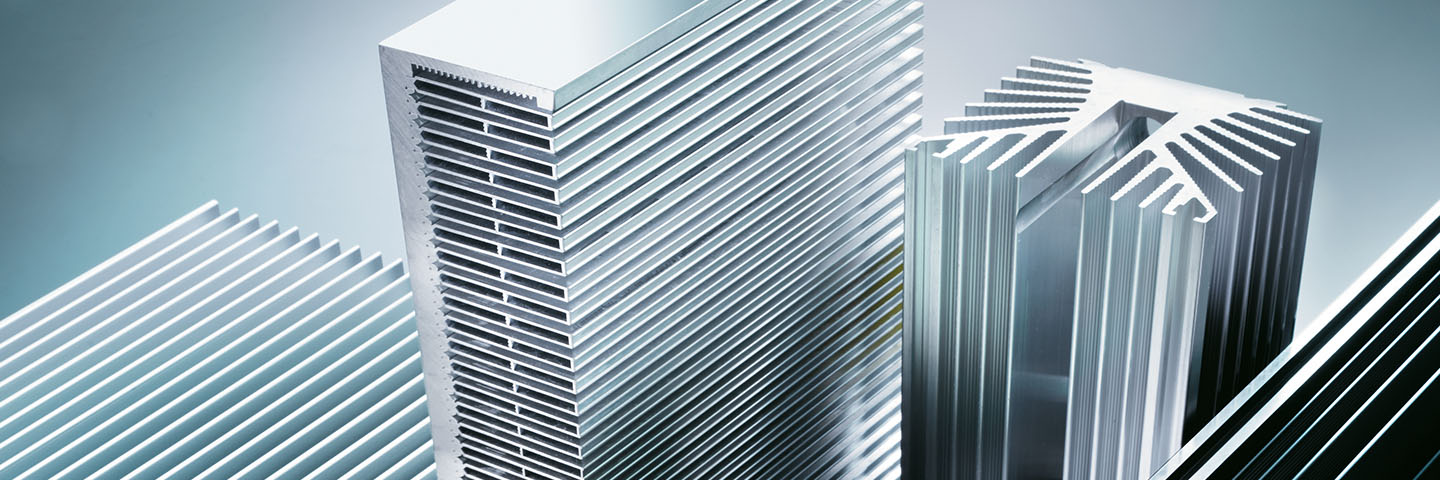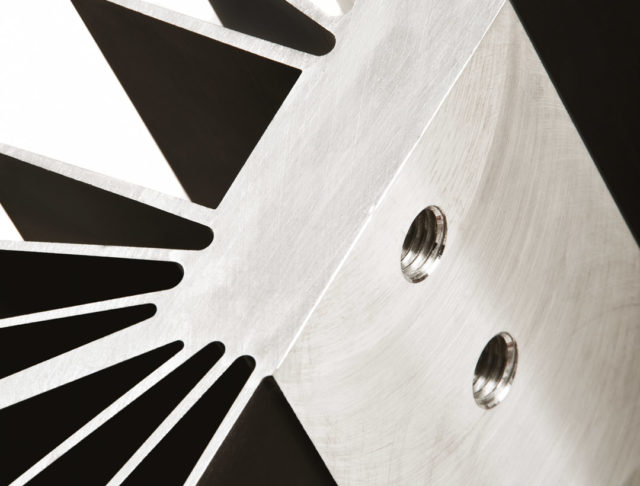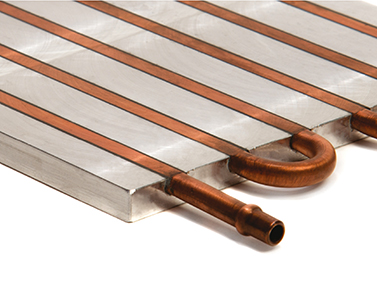Heatsinks

Passive cooling elements
Heatsinks are a passive cooling components that are used to dissipate heat away from electronic components in order to prevent overheating and damage to the device. Semiconductors generate heat, which can cause damage to the device or even lead to its failure if the temperature exceeds a certain threshold. To dissipate this heat, heatsinks are commonly used in combination with semiconductors. Heatsinks are applied to assure the temperature of the semiconductors stays below the allowed maximum thermal value. Therefore these products are a crucial part of reliable electronic systems. In many cases the heatsinks are designed and optimized for its unique application as to achieve the best possible cooling solution. Our premium supplier Mecc.AL excells at creating customer-specific heatsinks. Heatsinks work by increasing the surface area available for heat transfer and improving the airflow around the component. They are typically made of a thermally conductive material, such as aluminum or copper, and have fins or other features that increase their surface area. There are two main types of cooling for heatsinks: air cooling and liquid cooling.Aniket answers all your technical and application related questions
Read our blogs about Heatsinks
Heatsinks for power electronics: Key parts of the thermal household
When designing a system the designing engineer mainly focusses on choosing the right semiconductors and control electronics. However the thermal household of the system including the proper heatsink is at least equally important.





